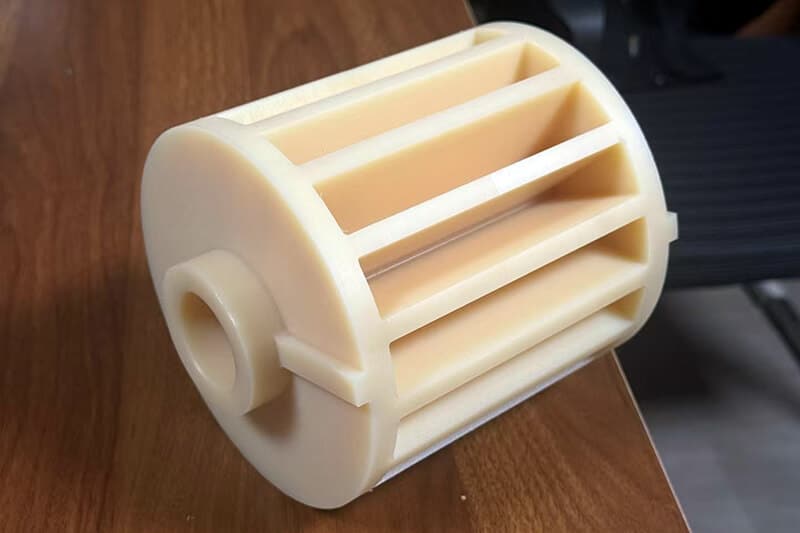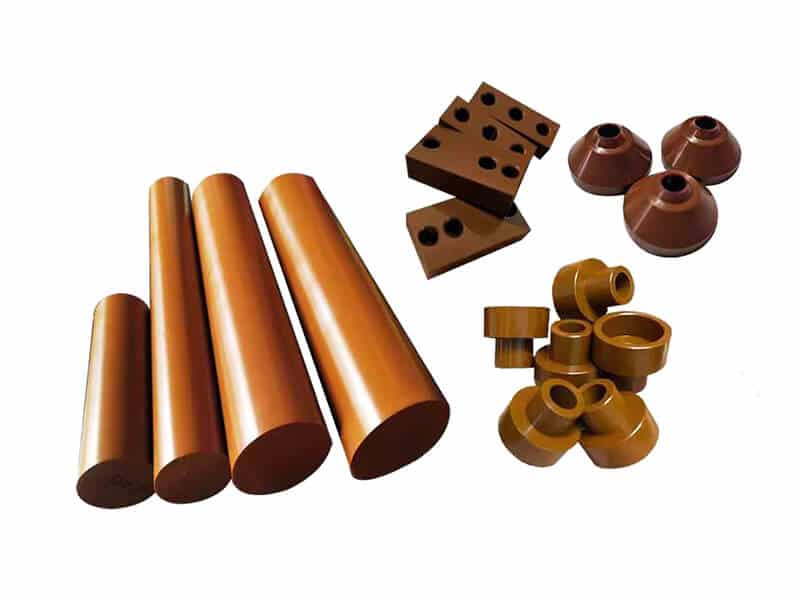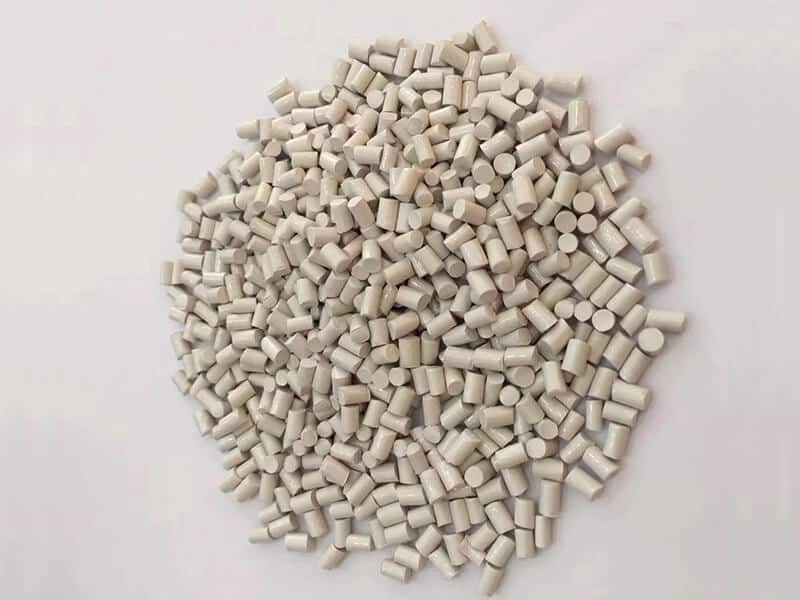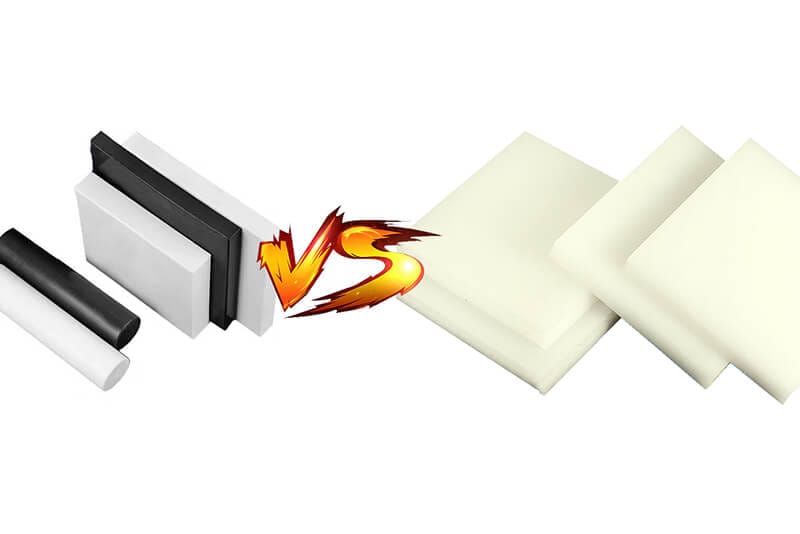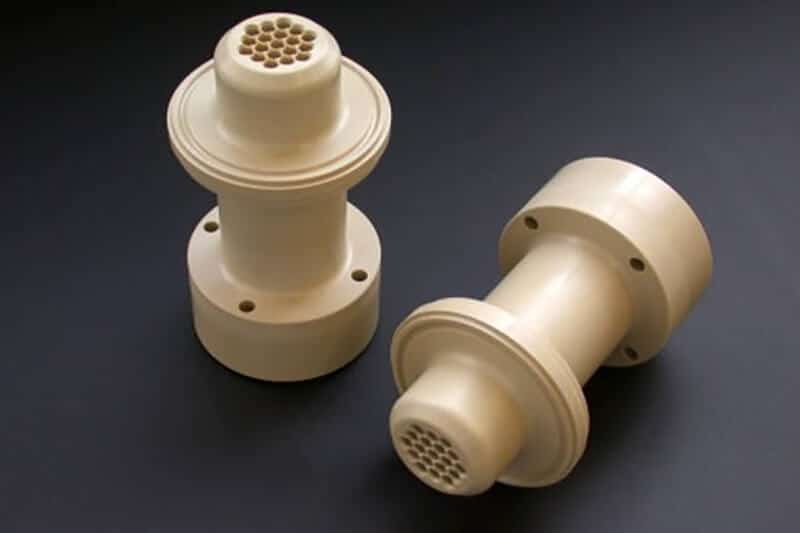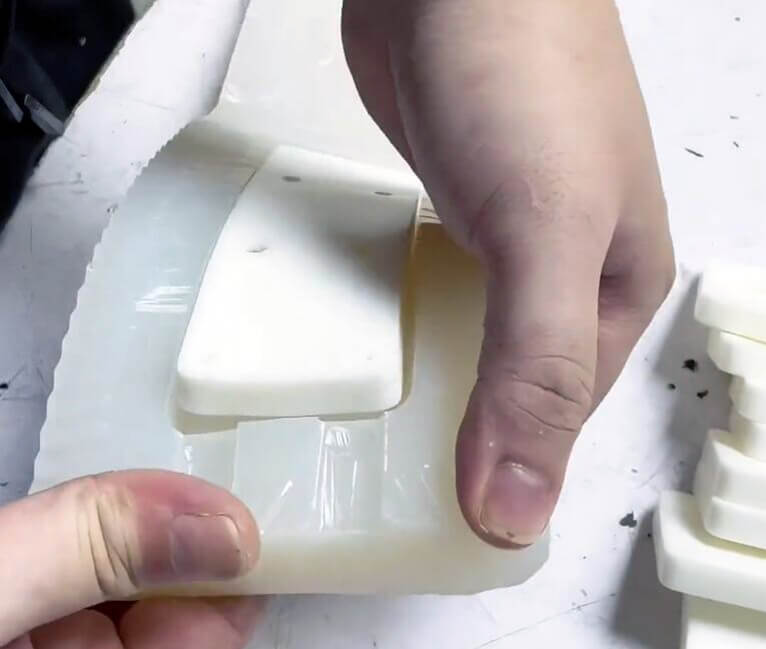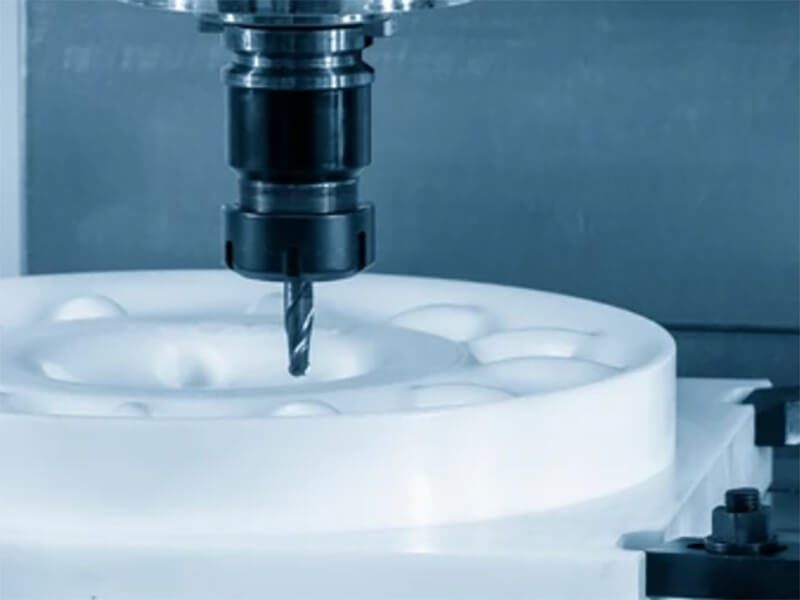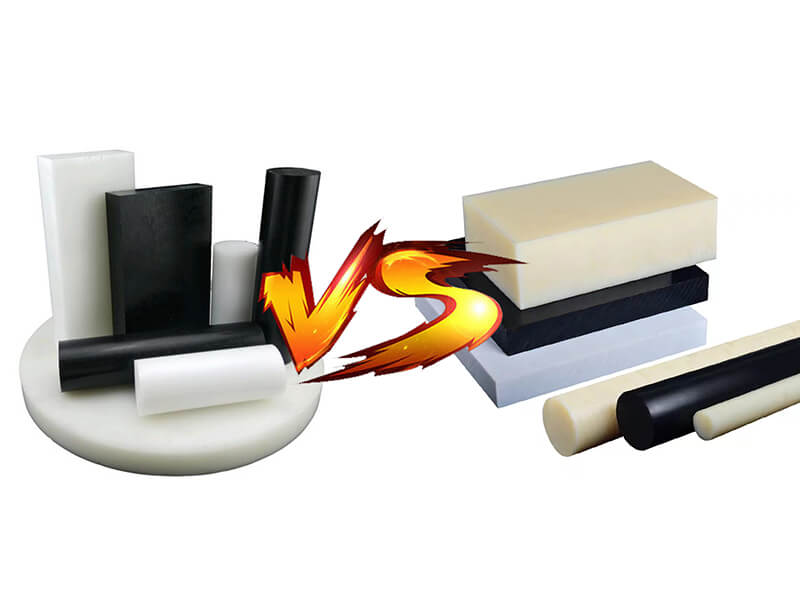Plastic for Electronic Enclosure
Dive into the world of electronic enclosure. Find out why plastics are the preferred choice for housing electronics.

An electrical enclosure is a protective housing solution to safeguard electrical or electronic components. It is also responsible for mitigating the risk of electrical hazards. In general, these enclosures are made of various materials, but the safest one is the plastic-made electric enclosure. There are many reasons associated with using plastic-made electronic chambers:
In consideration of all these associated benefits with plastic-made electronic enclosures, we would like to inform you of some of the most suitable plastics that can be used to make enclosures for electronic components.
7 Most Important Plastic for Electronic Enclosure
By considering pros, cons, safety-related properties, etc., we list here plastics like Acrylic, PBT, PPO, ABS, and so on
Acrylic
Acrylic enclosures, also known as Plexiglas enclosures for electronics components. Its transparency level makes the material ideal for electronic parts displays, point-of-sale units, and a wide range of applications. The use of this material also enables the visibility of internal components, showcasing circuit boards and the inner workings of devices’ operational conditions.
Acrylic-made electronic enclosures in the medical sector feature tinted windows for continuous and controlled visibility, logos, labels, and accessories. Moreover, acrylic offers an exclusive level of decorative options that enhance the enclosure’s aesthetic appeal without the need for costly painting or finishing processes.
Polyphenylene Oxide
Commonly, it is known as PPO in the case of making boxes for electronic components. Polyphenylene Oxide (PPO) is usually combined with Polystyrene (PS) to form PPE+PS for producing the enclosure. It is a modified polyether with remarkable mechanical, thermal, and electrical properties. In this way, the combination makes it an ideal choice for electronic enclosures. It facilitates exceptional resistance to heat distortion and chemicals to provide protection for sensitive electronic components.
Moreover, prolonged exposure to UV light cannot do anything to its color and appearance, making it most suitable for indoor applications. Lastly, PPO, being a crystalline thermoplastic, exhibits impressive heat resistance, maintaining its structural integrity even under fluctuating temperatures.
Polyphenylene Ether (PPE)
Polyphenylene Ether (PPE) is a lucrative plastic to produce electronic enclosures. However, its performance and functionality are dependent on mixing with Polystyrene (PS) appropriately. An electric holding box made only of Polyphenylene Oxide (PPO) is not great enough to provide excellent and desirable support.
However, this particular blend of two plastics presents a formidable array of qualities ideal for crafting electronic enclosures. It offers superior mechanical, electrical, and thermal properties. It is an excellent choice for people who require an electronics box that is robust and capable of providing resistant housing for relays and transformers. Notably, PPE-made boxes are chemical, rust, and UV light resistant. And they come at a superbly affordable price as well.
Polyamide (PA)
The most amazing thing about Clear Polyamide (PA) or clear Nylon is that we harness the benefits of PA for cable glands and select potting boxes. We also capitalize on its advantageous properties for specific enclosure needs. The common clear Nylon is PACM 12, MACM 12 and PA6I6T.
This plastic is also renowned for its excellent wear and friction resistance. And these characteristics make it a valuable choice for crafting electronic enclosures with moving or sliding components. Most importantly, a power box made of PA is highly durable. However, we must mention a negative point- a power box made of PA is susceptible to moisture absorption and is less suitable for humid environments.
If you are looking for Clear Polyamide, please contact UVTECO.
Acrylonitrile Butadiene Styrene (ABS)
ABS is a polymer blend that is widely favored for electronic enclosures. It is known for its versatile performance attributes, impact resistance, electrical insulation, flexibility, and chemical resilience. Moreover, ABS exhibits compatibility with various other plastics, enhancing its adaptability.
To tell you about an electronic enclosure made of ABC, the first thing is that ABS comprises a two-phase polymer blend. It serves as a dependable choice in the OKW selection for electronic enclosures. Second, the ABS-made enclosure remains functional even at low temperatures (-20°C) and has a UL 94 HB flammability rating. However, there are some drawbacks as well. It is not that suitable for an electric power box installed outdoors. Also, it loses durability when subjected to extended sunlight exposure.
Polybutylene Terephthalate (PBT)
PBT stands out as a frequently employed thermoplastic in the case of producing electronic enclosures. The reasons behind such superiority are:
Additionally, it is capable of picking for high-temperature electric applications.
However, using PBT can be tricky because its crystalline structure makes it shrink more when molded. It makes it less flexible for manufacturers of electronic enclosure compared to plastics like ABS or PC.
Phenolharz
Phenolharz is also known as phenolic resin in the market. It is a durable and versatile material commonly used in electronic enclosures. It is empowered by its excellent electrical insulating properties. This characteristic makes it a reliable choice for housing electronic components.
Phenolharz is highly resistant to heat, fire, and various chemicals, ensuring the protection of sensitive electronics even in challenging environments. It also has inherent flame resistance properties while offering a greater amount of design flexibility.
Frequently Asked Questions
Here, we answer some of the most common questions regarding plastics that are suitable to use for making electronic enclosures.
What plastic is used for electric enclosures?
Polycarbonate plastic is considered the best for making an electric enclosure. However, Polyphenylene Ether and Polyamide are also good.
What is the best material for an electronic enclosure?
Among plastic, Acrylic is one of the best materials for electronic enclosures. And in the case of metal, aluminum is the best one.
What is the best plastic for consumer electronics?
ABS (Acrylonitrile Butadiene Styrene) with a protective coating is the best plastic for consumer electronics.
Final words
There are different plastics with different grades for plastic enclosure, for example: electrostatic discharge (ESD), Conductive, Impact resistance, transparent, etc.
If you don’t know how to choose a suitable material for your project, and are looking for a trustworthy supplier, UVTECO will help you!
Related Blogs

Looking for a trustworthy Supplier
Need a Trustworthy Supplier of Plastic, Foam, Sponge, Rubber, Metal, and Machining Solution. Click the Button, We Will Be In Touch With You As Quickly As Possible.


